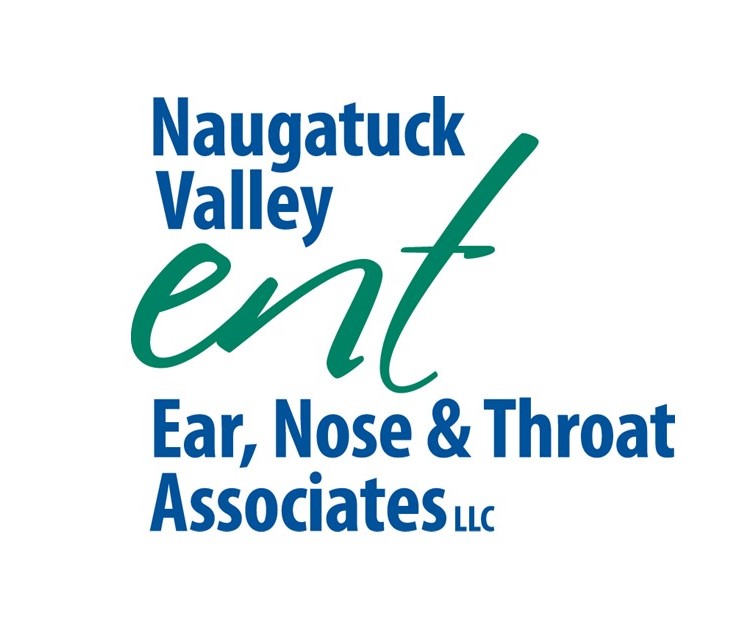Cricopharyngeal Muscle Dysfunction
What Causes CPM Dysfunction?
CPM and UES dysfunction occur for varying reasons. It may result as a side effect of the normal aging process or due to changes in the CPM or nerve signaling pathways. Specifically, muscle enlargement (called hypertrophy), scarring of the muscle (called fibrosis) from radiation therapy or trauma, stroke, and reflux (heartburn) can all damage the swallowing mechanism at the UES.
How We Can Help
Our Speech and Voice Pathologist can offer evaluation and treatment of various speech and swallowing disorders including cricopharyngeal muscle dysfunctiondysphagia, hoarseness, and head/neck cancers. Please contact Naugatuck Valley ENT at (203) 578-4630 to set up an appointment.
To test for CPM and/or UES dysfunction, your ENT (ear, nose, and throat) specialist, or otolaryngologist, may examine your throat and larynx (voice box) by passing a small flexible camera through your nose. In addition, your ENT specialist may order an X-ray swallowing test called a modified barium swallow, esophagram, and/or manometry (pressure testing) of the valve area.
During the modified barium swallow, also known as a Videofluoroscopic Swallow Study (VFSS), you swallow various barium-coated food, liquid, and pills while a speech language pathologist takes X-ray video. For an esophagram, a radiologist looks at the esophagus with X-rays as barium is swallowed in order to evaluate esophageal function.
In CPM dysfunction, a narrowing of the valve may be seen, although narrowing of the PES may not be abnormal or require intervention. Manometry is a test that measures throat and esophageal pressures during swallowing by placing a thin tube through the nose into the esophagus and having patients swallow water. In CPM dysfunction, the valve may have high pressures at rest and/or during swallows.
What Are the Treatment Options?
There are numerous treatment options that can substantially improve CPM dysfunction, including dilatation (stretching), oral medications, BOTOX® injection, and myotomy (cutting). Dilatation procedures are generally not permanent and allow for a trial period to see whether a treatment will be helpful. These can be done either with mild or no sedation, or under general anesthesia.
As with stretching, BOTOX injections into the CPM provide temporary results, generally for three to six months, by causing partial paralysis or weakening of the CPM. This procedure is most often done in the operating room. Cricopharyngeal myotomy, or cutting the CPM with a laser or surgical instrument, can be done either endoscopically (through the mouth without any incisions on the neck) or through the neck skin, depending on the patient.
Treatment of CPM dysfunction can provide significant improvement in swallowing and quality of life. Duration of improvement often depends on the underlying cause of the dysfunction. It is not uncommon for patients with good outcomes after stretching to proceed to CPM myotomy for a permanent solution if you and your doctor decide this is the best course of action for you. Overall, most patients do well with procedures, and experience few side effects or complications.
What Questions Should I Ask My Doctor?
- Why do I have trouble swallowing?
- What tests can help determine why I have a swallowing problem?
- How do I know if my swallowing problem is related to my stomach, my esophagus, or my throat?
- Does my swallowing problem put me at risk for aspiration?
- Do I need to have further testing for my swallowing difficulty?
- What if I do nothing for my swallowing problem; can it be managed without a procedure?
Copyright 2022. American Academy of Otolaryngology–Head and Neck Surgery Foundation. Last reviewed January 2019.


